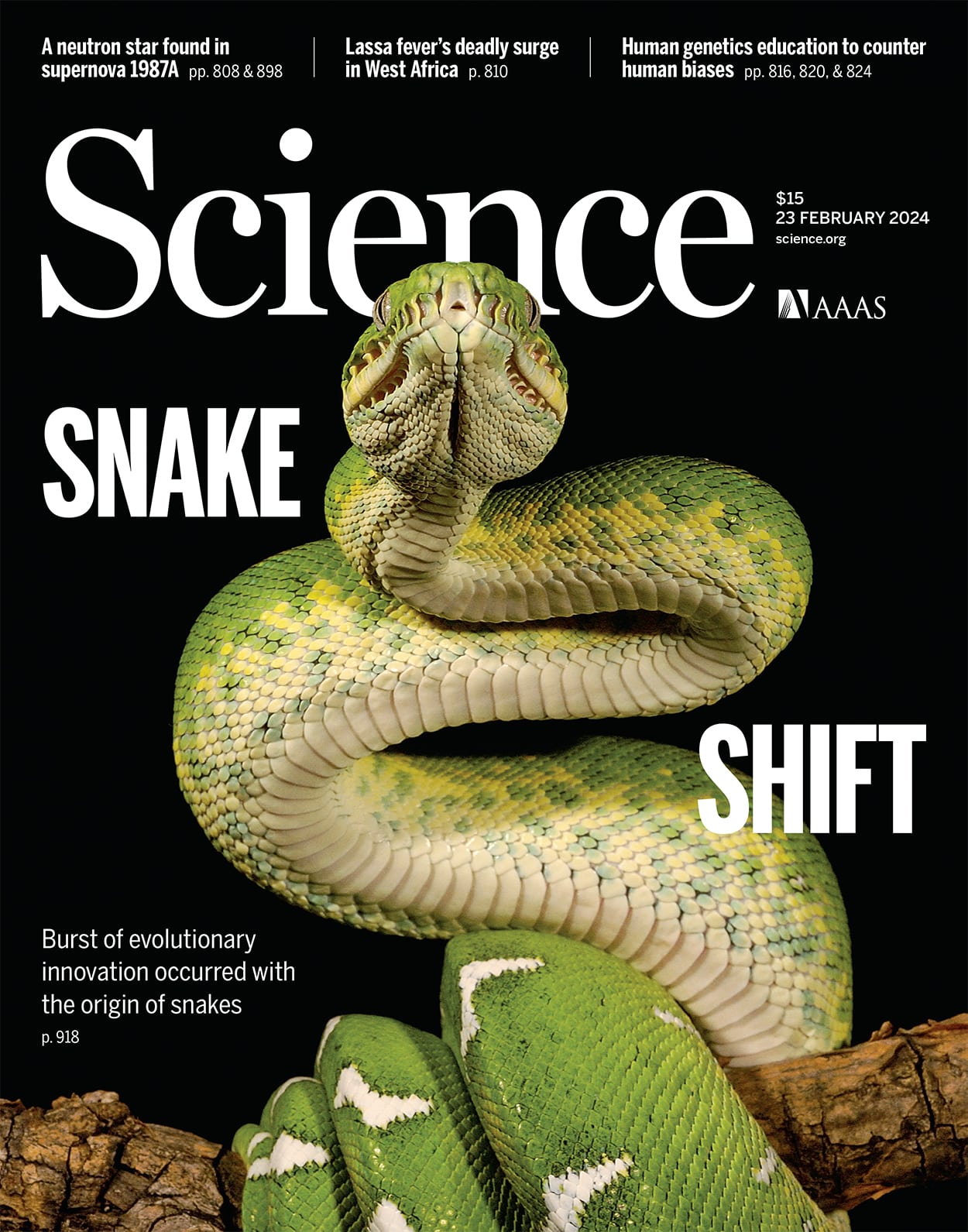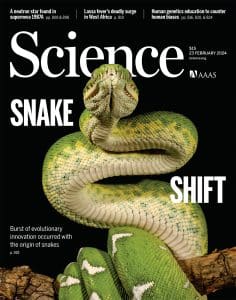AUM biology professor contributes to groundbreaking study on macroevolution


Auburn University at Montgomery Associate Professor Gabe Costa is among a team of international researchers seeking to understand the evolution of snakes in hopes of discovering new advancements in medicine, food security, agriculture and snake conservation.
“Snakes stand out as an exceptional case of diversification within vertebrates,” said Costa, who also serves as program coordinator of environmental sciences and geographic information systems in AUM’s Department of Biology and Environmental Sciences. “Their unique body plan, ecological diversity, and their sheer number of over 4,000 species make them a fascinating subject for evolutionary biologists.”
Since 2015, Costa and 19 international researchers have sought to uncover the “mystery” of snake evolution and their potential impact on communities and the environment. Findings from the team’s study, which was funded by a National Science Foundation grant, have been published in Science, a leading scientific journal.

“Our study suggests that the early evolutionary history of snakes involved a rapid and profound shift in multiple aspects such as morphology, ecology, diversification,” Costa said. “Studying snake evolution might not only shed light on their own success, but offer broader insights applicable to other organisms and humans. Also, understanding the mechanisms behind snake evolution could help researchers gain a better grasp of how similar transformative events might have shaped the evolution of other diverse groups across the Tree of Life.”
Understanding the unique evolutionary drivers of snake diversity also could potentially impact people’s everyday lives and the environment around them, Costa said.
“We can use the study’s findings to develop more effective conservation strategies for these ecologically important reptiles to help benefit ecosystems by maintaining healthy predator-prey dynamics and controlling populations of other animals like rodents,” he said. “We could also benefit from knowledge about snake ecology and behavior to improve natural pest control methods in agriculture, reducing reliance on harmful pesticides.”
There is also the opportunity to use the study to examine snake venom and other adaptations to inspire new ideas for medical treatments, materials, and technologies, Costa added.
“We’ve seen where snake venom research has led to the development of new painkillers and blood pressure medications,” Costa said. “This study also has the potential to give insight into how snakes evolved certain complex traits like heat detection and efficient digestion that could potentially inform research on similar functions in humans.”
Over the span of the study, the research team built a massive family tree with over 6,800 scaled reptile species, including both living and extinct ones, to collect data. The team then gathered information on diet, morphology, and other traits for over 60,000 individual scaled reptile specimens.
“Collecting this data allowed us to trace evolutionary relationships and understand how traits evolved across different lineages,” Costa said. “This provided insights into ecological variation and allowed us to quantify phenotypic differences between species.”
Analyzing the data collected, the researchers were able to quantify how morphological and ecological traits such as body size, diet, and skull shape changed over time within different scaled reptile lineages to identify key innovations and shifts in evolutionary trajectory.
“We used statistical models to test different hypotheses about what factors might have driven scaled reptile macroevolutionary patterns,” Costa said. “This included examining the role of individual traits, environmental changes, and historical events. By combining extensive data with sophisticated analysis, our study provides valuable insights into the fascinating and complex history of snake evolution.”
Costa said the specific impact of snakes across different ecosystems and environments still requires further exploration.
“While our research sheds light on the profound impact of historical contingency on snake evolution, limitations exist,” he said. “Future research needs to delve deeper into the mechanisms underlying snake diversification and their specific roles within distinct communities. “But by recognizing the significant transformations snakes have brought about in the macroecological landscape, we can appreciate their complex evolutionary journey and strive to maintain diverse and healthy ecosystems for the future.”
Additionally, Costa said researchers hope that their study will help combat misinformation about snakes and their role in ecosystems, promoting more informed and responsible human-snake interactions.
“The full extent of how snake evolution will influence our lives and the environment may not be known for some time,” he said. “However, by understanding the fascinating story of snake evolution, we can gain valuable knowledge that can be applied in various ways to benefit both humans and the planet.”
